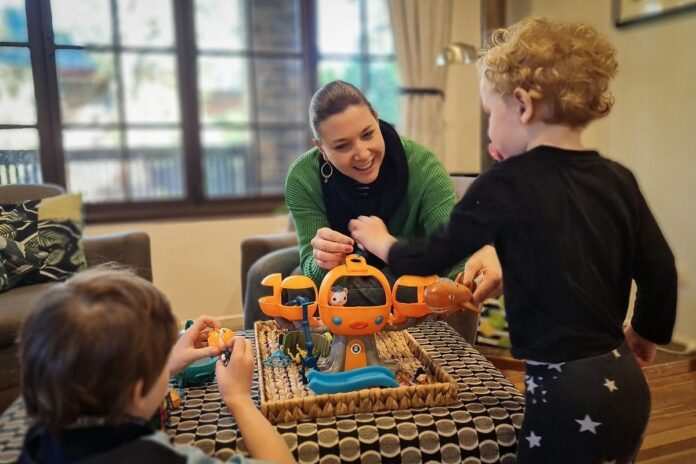According to a quote by George Bernard Shaw: “Imagination is the beginning of creation,” and when it comes to a child’s overall development, imagination plays a key role. A Child’s mind is like clay!
The more his minds are instilled and garnered with creativity and high imaging power, the better they will be shaped as performers in the future. This autonomy to explore the world with their own eyes, ears, touch, smell, and feel would provide them the power to shape their world accordingly.
Encouragement to explore unapologetically helps toddlers and growing kids learn in harmony and feel a secure environment to flourish. Research has shown that adopting a hobby in childhood might result in holding a continued career option in their adulthood. Creativity includes the creation of any inner world or construction of the mind that is experienced and observed.
Here are six ways to follow, to nurture your child’s imagination and spark creativity!
1. Pretense Or Role-Playing
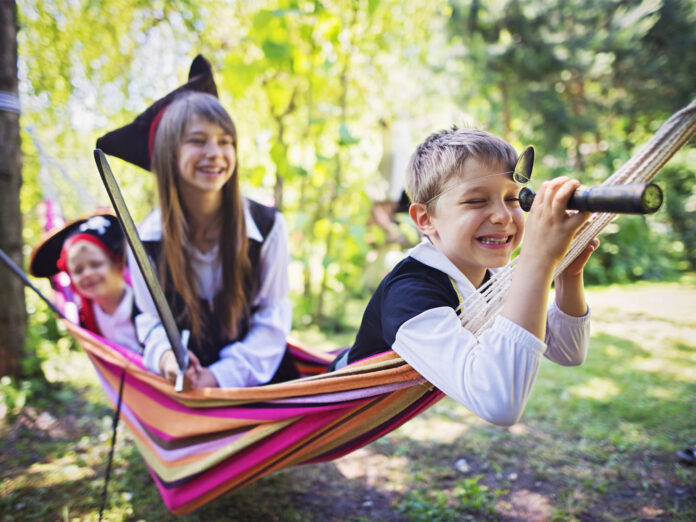
Being social climbers, kids can very quickly learn to be companionable and friendly with other kids. These traits not only help them to understand the various human emotions and their relative actions but also stimulate their creativity, expand their boundaries, and teach teamwork. This is essential for emotional intelligence.
When we were young, we used to play games with our friends while dressed up, games like hide and seek, Bakery, King and Queen, Fairy Tales, Flower Shop, Barbie, Mermaid, Pizza Parlour, and even Halloween, using various costumes at home.
Nowadays, these activities are made even more exciting by fancy dressing ranges on the market like Tutu Du Monde, and such. This range of exquisite outfits for girls and babies, in silk fabrics, comes with embellishments of sequins and pearls. These outfits are the ideal look for many events and gatherings like Christmas, Halloween, etc.
2. Entering Them Into The World Of Books
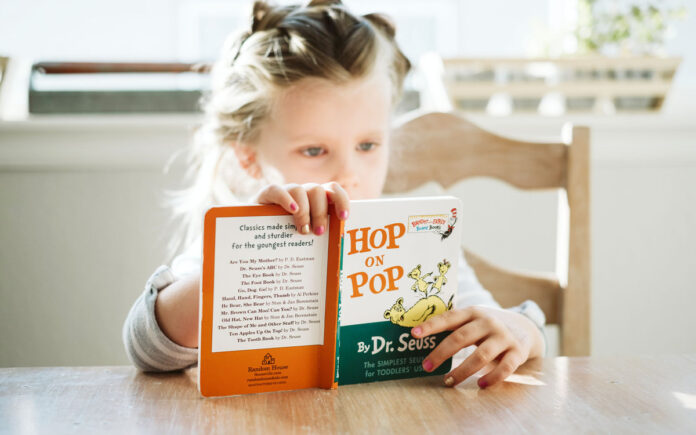
Books are the gateway to the world of wonders. A habit of storytelling through books for toddlers and later the habit of reading among young kids helps contribute to a child’s brain development and imagination, language and emotions, and relationships. These books can be read and viewed as designer pictorial books narrating stories through several illustrative
images. These stories can be fictional and of cultural heritage that helps build their social-emotional skills and, of course, imagination contributing to their improved thinking skills.
3. Familiarizing With Art And Craft
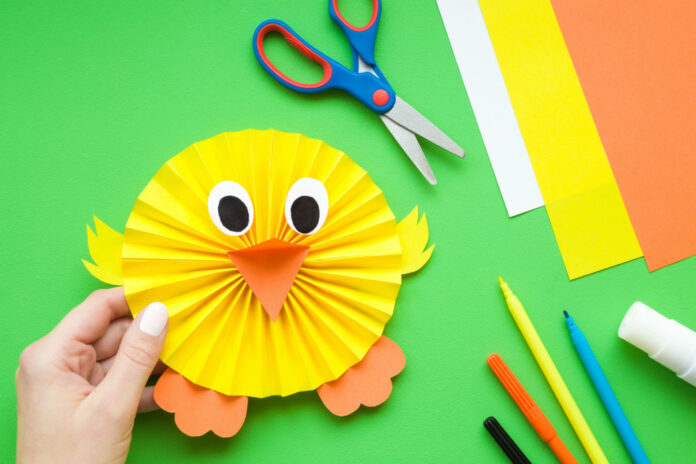
Indulging in art and crafts activities is a fantastic creative outlet that improves kids’ hand-eye coordination and fine motor skills. It also enhances children’s manual dexterity-building levels, which helps young children explore and express their emotions.
They familiarize themselves with the world by drawing and sketching or even scribbling in their books or on the walls. In this way, they learn to imitate and self-create several worldly objects and many imaginative kinds of stuff. Kids can learn the skills of self-expression of their emotions through art, and also acquire the ability to manage their feelings.
4. Indoor And Outdoor Fun Activities
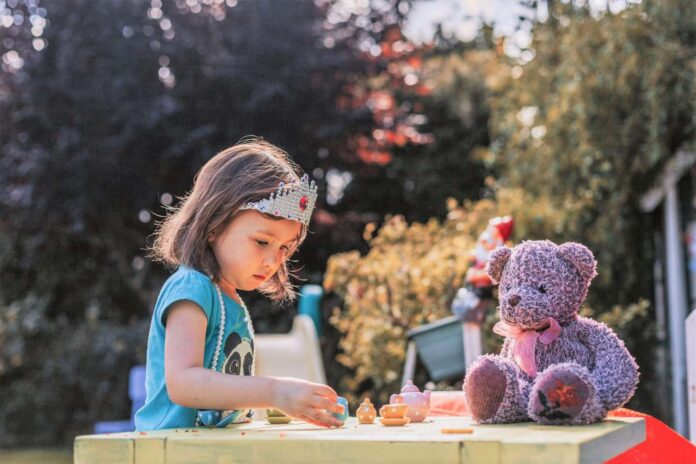
Physical activities like playing outdoors with eye spies, Hide and seek, freezing or laughing, climbing the structures, racing down slides, swinging along the monkey bars, hopscotch, balloon volleyball, and blanket relay are great ways to keep kids active and fit. All of these are fun activities that you can do with your child.
This activity also encourages less screen time, more play outdoors, and learning to enjoy different physical games with healthy exhaustion.
Other than outdoors, there are plenty of indoor activities that keep the kids engaged and curious such as knitting and crocheting, playdough, board games (Ludo, Carrom, Chinese Checker, Chess), cards, puzzles, pillow fights, writing a story, cooking, and baking.
All these activities keep them engaged and curious, with problem-solving skills at the same time, they are having fun with knowledge.
5. Dirt And Stain Are Good For The Brain
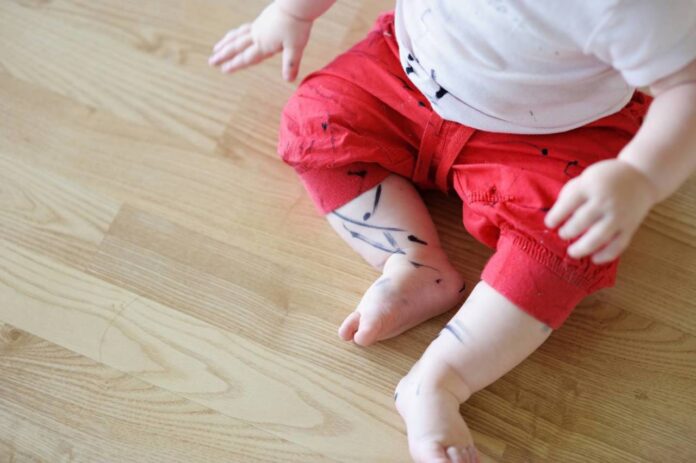
One sphere where kids stand contrary to adults is getting dirty and stained! As kids, we all have fond memories of spending time at the park, garden, or backyard and making a muddy castle, pots, or other objects.
But once grown, these activities seemed silly to us as adults; this is because we have become more aware of cleanliness than fun and amalgamation with nature. Playing with soil, clay, body painting, and flower painting with colors are such messy activities that can help stir kids’ imaginations and accustom them to the wonders of nature.
And as it is said that imagination is more important than knowledge”, these acts also help boost kids’ social, emotional, creative, physical, and cognitive development. Furthermore, we can also help kids to learn another imperial aspect of such games is that making a mess is okay, but they have to clean up after themselves.
For this, kids can be offered incentives like candy or another favorite snack, if he or she does a good job, and simultaneously, the
Adults can also get a reward of less involvement in afterward clean-up and get a stain-free and quiet home at the end of a long play day.
6. Playing With Engineering And Construction Toys
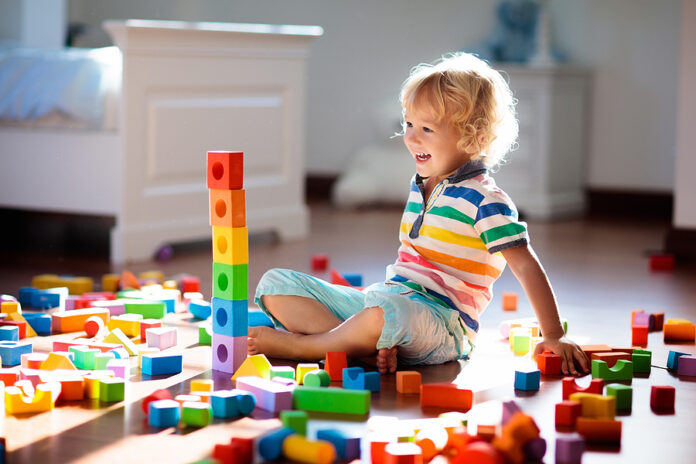
Childhood is all about observing and learning and finally trying to put together those pieces into a structure in the memory, likewise playing with construction toys like puzzles, Legos, building blocks, etc., help promotes kids’ hand-eye coordination, motor skills, engineering skills, math skills, cognitive flexibility, divergent thinking, spatial reasoning, and social
competence. Studies have also shown that indulging in crafting toys helps improve their concentration level and patience to deal with a time taking process. There are several building sets and kits available in the market that can be played with more than one person and hence encouraging the whole family to come to sit together and brainstorm and have quality time with each other.
Conclusion
The early age of kids is the most impressionable time when they can observe and absorb several habits with long-lasting imprints. Several researches have indicated that indulging kids in such activities helps in developing many lasting learning skills and behavior that support them, including problem-solving skills, analytical thinking skills, along with structuring their resilience.

